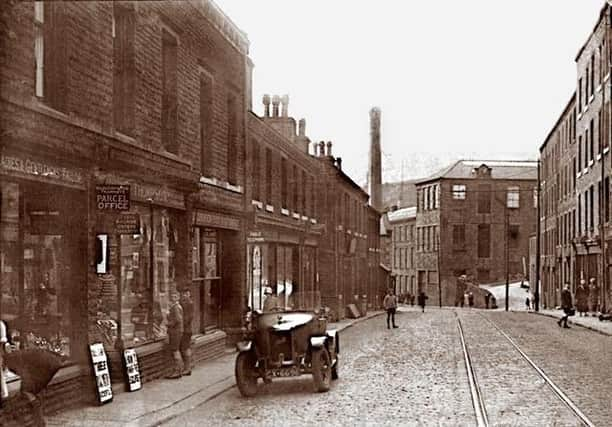History Society: Barbara Atack talks about Jowett – the Yorkshire car


By Sheila Graham, Hebden Bridge Local History Society
As Barbara Atack, an officer of the oldest ‘one-make’ car club in the world, told Hebden Bridge Local History Society, love for the Yorkshire car is as strong as ever.
Barbara’s involvement with Jowett cars came in her ‘courting’ days, as she gradually shared in her husband’s love for the car.


Advertisement
Hide AdAdvertisement
Hide AdAs they acquired different models – one found in a barn – working on the engines grew from a hobby to a way of life.
Jowett Cars Limited was the brainchild of brothers Benjamin and William Jowett, who had the engineering skills and imagination to see how they could build a successful car manufacturing business in their Bradford works.
The ingenious ‘flat twin’ engine gave them the edge over their competitors in the early 1900s, and by using lighter aluminium for the bodies and making parts themselves, they produced a light car which was good on the hills.
The Jowett Light Car, a two seater steered with a tiller was very popular (one of these, the oldest Jowett on the road, lives in Oxenhope.)
Advertisement
Hide AdAdvertisement
Hide AdThe first world war paused any further development of the cars, but the firm went from strength to strength with production of components for the war effort.
By the end of the war they had a larger workforce and a bigger factory, at Idle, Bradford.
Throughout the 1920s more models were produced including commercial vehicles, and a fleet for the London police.
Jowett Cars were imaginative promoters of the brand, with racing successes, such as crossing Africa in 60 days and publicity stunts like driving through a new sewage pipe at Esholt.
Advertisement
Hide AdAdvertisement
Hide AdThey had a knack for marketing slogans such as ‘little engine with the big pull’ boasting ‘the pull of an elephant; the appetite of a canary and the docility of a lamb’.
Despite the depression, the 30s were a time of innovation and expansion, with new sleeker models along side the commercial workhorses.
Again war time saw them gain orders for military supplies.
The focus post-war was on exports, and the robust and reliable Bradfords were very successful.
But despite this and some sparkling success of the sports model, Javelin, in the Monte Carlo and Le Mans rallies, the days of the Yorkshire car were numbered.
Advertisement
Hide AdAdvertisement
Hide AdTheir body maker was taken over by Ford, who were probably not too keen on being part of a rival’s production, and so Jowett’s last car left the factory in 1954.
Loyal to their customers, they kept open a spares and repairs garage to keep Jowetts on the road.
The Jowett Car Club has continued that tradition with a members’ spares shop and also regularly welcomes ex-employees to fondly inspect the collection of Jowett cars in the Bradford Industrial Museum.
As for Barbara, her last Jowett has moved to new owners, enthusiastic young Jowett Car Club members who will drive it with pride.